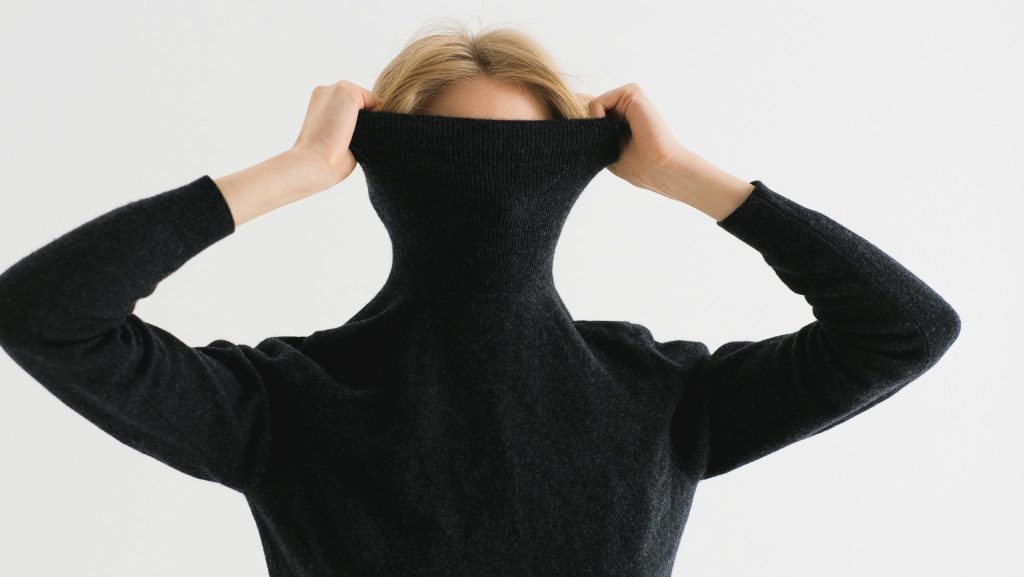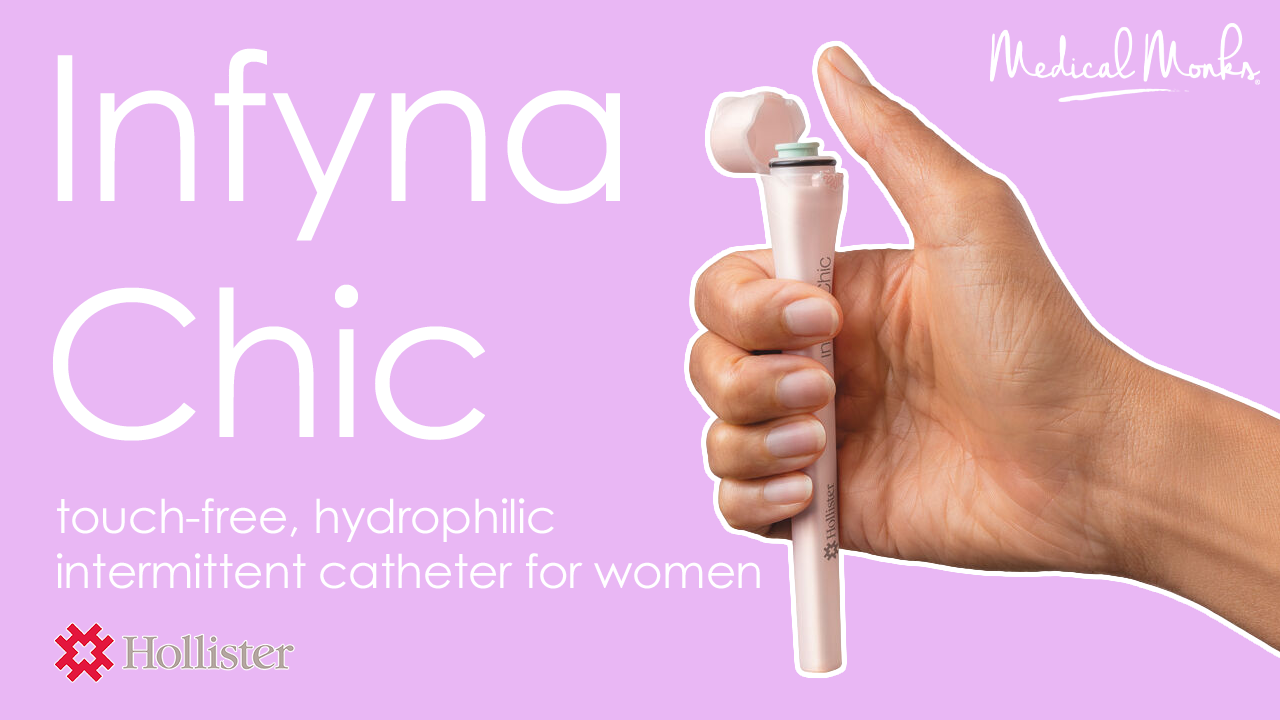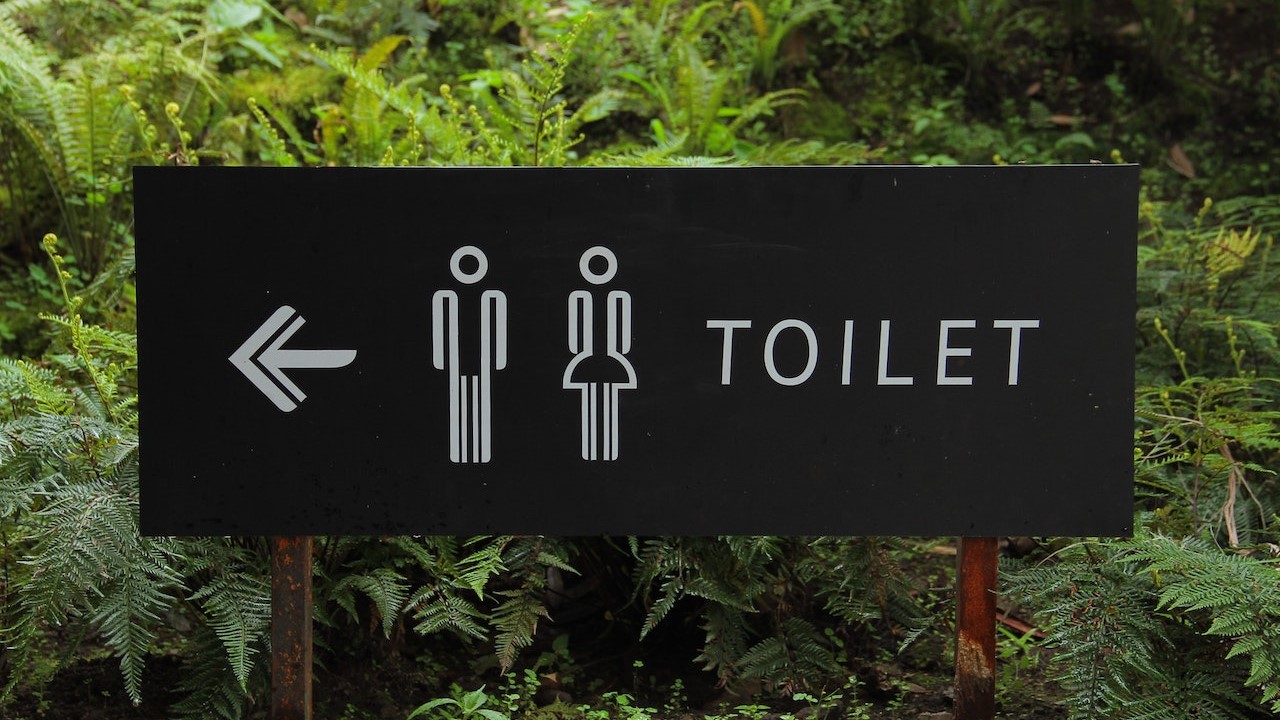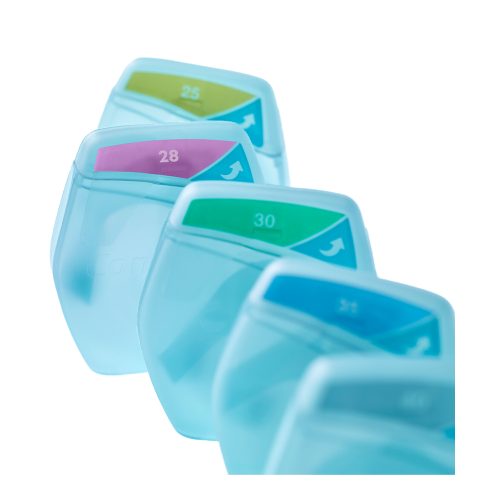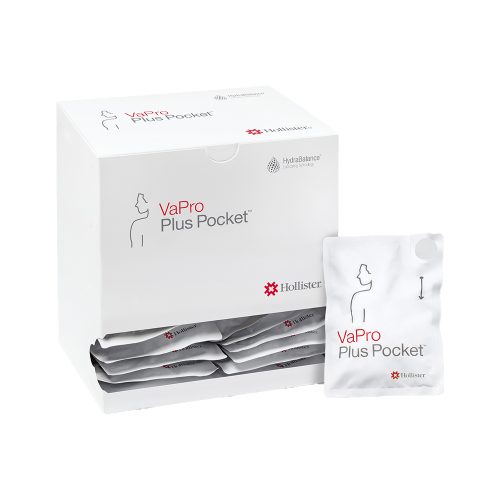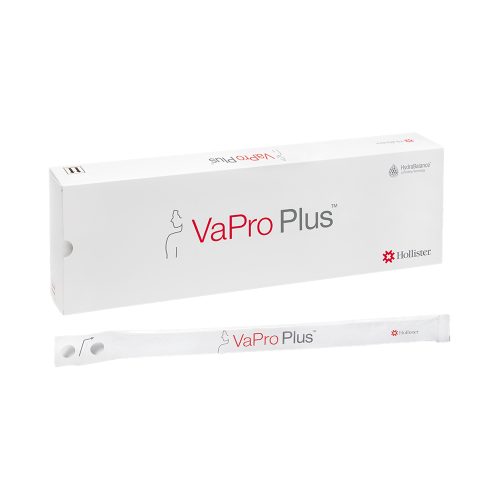Wearing a catheter or incontinence garments can make people feel a bit exposed. Nobody wants to feel like their personal medical problems are visible to the world.
Fortunately, urinary incontinence can be kept discreet. You don’t have to worry about what people might think of your catheter when you’re out and about; with the right clothes and accessories, nobody will ever catch a glimpse of your urology gear.
Don’t let a catheter put your life on hold. Instead, learn how to carry a catheter bag discreetly, and go out with confidence.
1. Conceal Catheter Bag Beneath Pants or Skirt With Leg Strap
One of the most popular and effective ways to conceal a catheter bag is to affix it to your leg with a strap, then wear a skirt or trousers over it. An easy way to do this is to use a kit, like the Hollister Vented Urinary Leg Bag Combination Pack.
A leg bag kit or pack includes straps and extension tubing, giving a catheter wearer enough slack to place and secure their bag in the most comfortable spot—without kinking the tubing or pulling it taut. Effective bag straps are elastic enough to accommodate different sizes, wide enough to comfortably disperse tension evenly across the bag, and strong enough to secure the bag firmly.
A strap can comfortably secure the bag against your thigh, calf, or ankle. If you choose to secure the bag lower on your leg, you may want to additionally secure the tubing with medical tape, to prevent it from kinking as you walk. Once everything is attached, simply pull pants, leggings, or a skirt over the whole apparatus.
Note: when wearing structured pants like suit pants, khakis, or jeans, it’s helpful to choose a pair one size larger than your typical pair. This gives the bag a bit of room to expand as needed without pressing uncomfortably against the pants’ fabric.
2. Choose Flattering Silhouettes To Hide A Catheter Bag (Or Incontinence Underwear)
It can feel stressful trying to conceal bulky materials around your hips or pelvis, whether that’s incontinence underwear or your catheter bag placement. Fortunately, there’s a trick to making unusual bulk seem natural: silhouettes.
In fashion, the silhouette is the outline of the shape an outfit creates on a person. In fashion shows, models often stand backlit behind a curtain to show off a dress’s silhouette before walking out on the runway.
When a person has extra padding around their hips or midsection, their body is often categorized as “pear-shaped,” “egg-shaped,” “hourglass-shaped,” or “rectangle-shaped.” Pear- and egg-shaped bodies are widest at their midsection or thighs, while hourglass- and rectangle-shaped bodies have roughly equally wide hips and shoulders.
Hourglass-shaped bodies have a concave curve at the waist and a convex curve at the hips. Rectangle-shaped bodies have a relatively consistent width from the shoulders down. Consider which shape best describes your body’s relative width when wearing padded underwear.
If your waist is still narrower than your torso while wearing incontinence garments, congrats! Your regular clothes will likely easily conceal your underwear. For everyone else, consider dressing with these silhouettes in mind.
A-Line Silhouette
An a-line silhouette is a feminine shape for an outfit. It’s fitted or cinched at the shoulders or, if it’s a skirt, at the waist. The waist hemline can be set above your hips to make a skirt work for this purpose. From the fitted top, the garment then flares outward as it flows down.
This makes the dress or cape tunic seem shaped like the capital letter “A.” Because the silhouette naturally flares, it conceals any extra bulk created by catheter securement accessories or incontinence underwear.
Empire Silhouette
An empire silhouette is another feminine shape. It incorporates a fitted bodice top that ends just below the bust. Then, a flowing, loosely fitted “skirt” gathered at the sternum makes the rest of the dress. The lower part of the garment is not form-fitting; instead, it only gently “skims” the body, leaving plenty of room to conceal gear.
Notably, an empire silhouette can also be used with a jumpsuit or overalls made with suitably “flowy” fabric. It’s ideal for “pear-shaped” bodies, and it makes the wearer appear taller.
Structured Silhouette (Rectangular)
A structured, rectangular silhouette is a masculine shape. It can be bulky or narrow. The key is, the outfit makes the shoulders, waist, and hips seem about the same width.
The extra hip width offers convenient space to conceal urinary accessories, and it can make a person seem more broad-shouldered and confident.
Clothing used to create a structured, rectangular silhouette includes:
- Jacket with structured or padded shoulders
- Jacket or vest with peak lapel and deep-v for visual depth
- A tall collar or wingtip collar to draw and keep attention on your face
- Double-breasted trenchcoat
- Straight waist with belt just above the hips
- Well-tailored lines (seams)
Layered or Tapered Silhouette
A layered or tapered silhouette is a shape equally appropriate for men and women. Tapered and layered outfits are designed to draw the eye vertically. Each layer’s hem and collar (or waist) is a point of attention, effectively pulling attention away from any section of your body you hope others will ignore.
Typically, you’ll want to highlight four or five points of attention. They will be clustered closer together near the top of the outfit, and more distant the further down they go. This creates a similar visual composition as an A-line dress, without actually requiring a dress or skirt.
The points from the highest down are:
- Neckline (crew neck or high collar)
- Lower neckline (scoop-neck or v-neck sweater/vest, between sternum and upper abdomen)
- Above-hip waistline (tucked in shirt with belted pants, or vest layer over tunic), Mid-to-lower thigh or knee (mid-length jacket or long tunic shirt hemline)
- Mid-calf or ankle (pants/boots)
Notably, these points of emphasis draw attention away from your hips and upper thighs, where you’re concealing your gear.
A tapered silhouette is created through layering by contrast. The shirt should easily visually differ from the sweater, the sweater from the jacket, and so on. A simple detail like a fringed hem or contrast piping can further emphasize each visual point across the outfit.
3. Use Pockets Wear Your Catheter Bag In Public Discreetly
Leg straps aren’t for everyone. Plenty of catheter wearers prefer to keep their catheter bags in their pockets instead.
Catheter bags can fit snugly into the front pockets of trousers or an interior jacket pocket. Simply run the tubing discreetly from the bag in the pocket to its port under the hem of your shirt or pants waistband. If you’re going the latter route, an elastic waistband might help keep everything comfortable.
4. Shop Adaptive Clothes For Catheter Wearers
Adaptive clothes are garments designed specifically for catheter wearers. These pieces have unique features to keep your catheter private, secure, and easy to access when you need it.
Pants With Side-Zip and Inseam Pockets
This style of adaptive pants is designed to be used with a leg strap. The side or inseam pocket grants easy access to your catheter, so you can use it or change it out without removing your trousers.
Underwear With Catheter Bag Pockets
Adaptive underwear for catheter wearers is designed to allow a person to comfortably hold the bag in a deep pocket on the thigh instead of a leg strap. For some, this is more comfortable and feels more secure than a strap.
Bard / BD Bag Covers For Summer Weather Outfits
A bard / BD drainage bag can be more easily worn with shorts or a swimsuit during the Summer. Most versions attach at the waist or hip with a strap system, a hook-and-loop system, or adhesive tabs. This placement is easier to conceal with shorts. Moreover, decorative, waterproof BD bag covers, designed to make a bag look like a small “pack” accessory, can be worn while swimming.
For some people with urethral or suprapubic catheters, a valve like the FLIP-FLO catheter valve fits directly and discreetly on the catheter outlet. This way, the collection bag remains relatively flat in between urination episodes, and it can be tucked very discreetly within underwear.
Supplies Disguise: Briefcase As Male Catheter Carrying Case
One of the most popular types of clothing for catheter wearers is a bag similar to a purse, backpack, or briefcase. These accessories are specifically designed to hold catheter supplies in a safe environment without drawing undue attention.
Shop Catheter Gear With Medical Monks
With Medical Monks’ broad array of catheter and urology products, you can meet your urinary needs comfortably and with discretion. Explore our online store today. If you have questions or need assistance, please call our team at 844-859-9400. Or, chat with us live online.

The MEDICAL MONKS STAFF brings to the table decades of combined knowledge and experience in the medical products industry.
Edited for content by JORDAN GAYSO.
